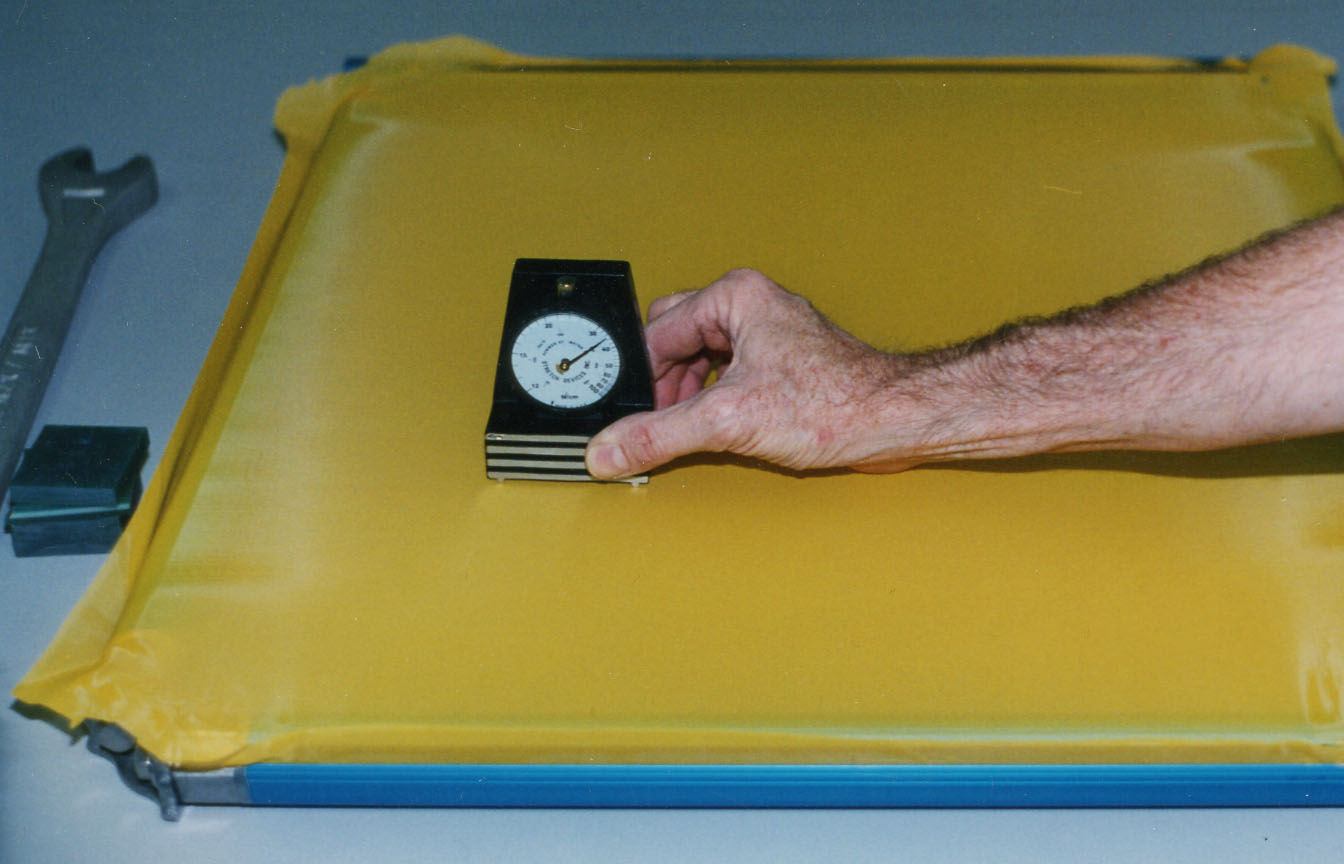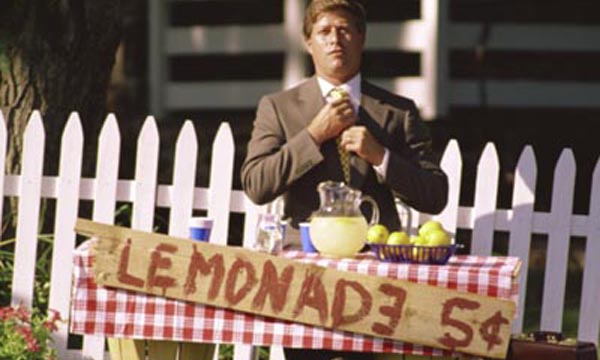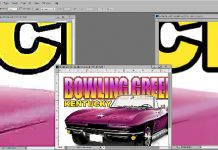Over the years I have given thousands of classes and been in hundreds and hundreds of shops doing consulting.
I use to joke to my wife than in a lot of cases I could have “phoned it in.” That means that in many cases I encountered the same problems over and over and over. I could have given them this article instead. OK, there is more to life in screening than “Six Common Screen Printing Mistakes.” And, as you will see below, part of the list has nothing to do with Screen Printing and more to do with how you manage your business.
The following is a list of things I am very passionate about. If you want to have a successful screen printing business then please read this list and see where you fit in.
Mistake #1: Using the same screen mesh for all jobs.
I don’t know why but this one never seems to sink in. I have been harping on this for years. A lot of printers rely on their screen print supply company to recommend mesh count and they end up with a lot of 110 and 125 mesh. OK, that works for the daily bread and butter spot color printing. BUT, the minute you move to any type of halftones or high-end photo realistic printing you need higher mesh. When you see that hot NASCAR print on a black shirt – I guarantee you that they are using a 190 to 230 mesh for the underbase white and a 305 for the colors. You need a wide variety of mesh if you want to do better quality work. You say your ink won’t go through the high mesh…. Read Mistake #2.
Mistake #2: Using plastisol ink straight from the can.
Again, I have been talking about this for 20 years. Ink companies would like you to believe their ink is “ready for use.” Good marketing. And, many brands of ink are very creamy and work well through high mesh screens. If your ink is too thick, simply add a little reduce and thin it. Get it creamy and smooth. It will flow through high mesh screens and on all of your multi-color jobs you will get less pickup, cleaner and softer prints and higher production. Nirvana!
Mistake #3: Relying on word of mouth or only social media or internet marketing.
I find a lot of new printers simply don’t understand “traditional” marketing and selling. Everyone wants to use their Facebook page, Twitter and other social media. Or, they want to build a website and hope “they will come.” You need to step back and embrace traditional selling. Get out of the office and make the call. Go see people. Walk in their door. Take samples. Print samples. Get face time. Get a dialog going. Find out in person if your prices are too high or too low. Marketing and selling 101.
Mistake #4: Not keeping up with the industry and trends.
I talk to printers every day and often hear “we don’t do that.” The market has changed. The customer wants softer prints. They want what they see hanging in stores. They want edgy graphics. They want the distressed look. Do you print with discharge ink? No? Why not? You heard it was too hard? Discharge ink gives a softer feel to the print. OK, it is waterbased and can have an odor but a LOT of printers have found out that this is what the customer wants – no hand to the print. How about ink additives that give your plastisol a waterbased feel? How do you find out these things? You read the trade magazine, follow industry forums and get out to trade shows.
Mistake #5: Not being resourceful.
I can’t tell you how many times I have heard printers say they turned down a job because they didn’t know an artist to do the hot graphic the customer wanted. Artist are everywhere. You just have to look. Or, they didn’t know how to do the color separations. You can get high-end seps for $50. Or, the customer only wanted twelve shirts. Gee…. Maybe they would come back and order 150 after the first order. Or, the artwork needed too much cleanup. There are online services that will cleanup artwork for $15 to $20. Stop making excuses.
Mistake #6: Sticking with outdated equipment.
Part of my business is doing high-end color separations. I still get an email a week from a printer asking “can you do seps for this hot graphic on a black shirt – I only have a four color press.” I know – finances often dictate your equipment. But if you want to do better work and get bigger customers you need six colors – or more. I also get “I want to start to print halftones and I only have a laser printer.” Again, you have what you have. But, about ten years ago the industry changed to inkjet printers for film output. You can now get an Epson 13” x 18” printer for $200, and a software RIP for $500 and you have a thing of beauty. Crisp halftone dots. Dense black images. Screen that expose in register and jobs that setup quicker.
Look around your shop. To progress to the next level of printing halftone dots and doing more colors you need to look at your printer, your exposure unit and your film output. Your response is “this stuff has worked for me in the past.” That reminds me of the Restaurant Impossible show. “We have been serving the same menu all these years and no one has complained….. but the business is off and we are losing customers.”
All I ask is that you trust me on these six points. Start today to see what you can do to change your ways.













